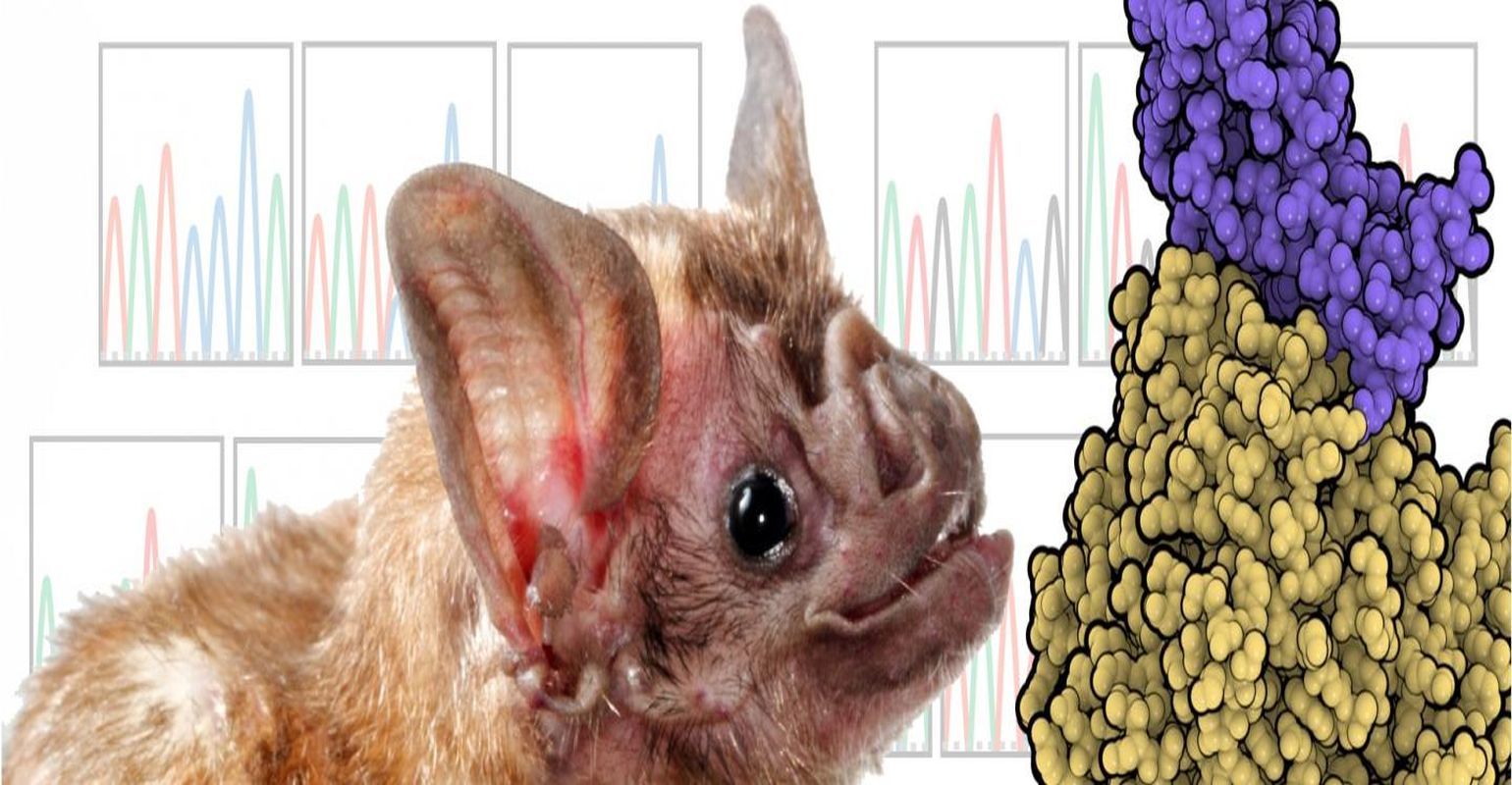NIH Study Shows How MERS Coronavirus Evolves to Infect Different Species

In the past 15 years, two outbreaks of severe respiratory disease were caused by coronaviruses transmitted from animals to humans. In 2003, SARS-CoV (severe acute respiratory syndrome coronavirus) spread from civets to infect more than 8,000 people, leading to a year-long global public health emergency. MERS-CoV (Middle East respiratory syndrome coronavirus), first identified in 2012, consistently jumps from dromedary camels to people, resulting in periodic outbreaks with a roughly 35 percent fatality rate. Evidence suggests that both viruses originated in bats before transmitting to civets and camels, respectively. While many other coronaviruses in nature are not known to infect people, MERS-CoV and SARS-CoV are notable for their ability to infect a variety of different species, including humans.
New research published in Cell Reports from scientists at the National Institute of Allergy and Infectious Diseases (NIAID) shows how MERS-CoV can adapt to infect cells of a new species, which suggests that other coronaviruses might be able to do the same. NIAID is part of the National Institutes of Health.
To cause infection, a virus must first attach to a receptor molecule on cells of the host species. This interaction is highly dependent on the shape of the receptors, which the host genes control. To evaluate how MERS-CoV evolves to infect host cells, the scientists tested 16 bat species and found that the virus could not efficiently enter cells with receptors from the common vampire bat, Desmodus rotundus. They then grew virus on cells that had vampire bat receptors and observed the virus evolving to better infect the cells. After a few generations, the virus had completely adapted to the vampire bat receptor. By studying how the shape of MERS-CoV changed over time to attach to the new host receptor, the scientists found similarities with prior studies of SARS-CoV. Thus, while these two viruses are different, they use the same general approach to enter the cells of new species.
Understanding how viruses evolve to infect new species will help researchers determine what is required for viruses to emerge and spread in new hosts. These findings also may be important for developing new vaccines, which viruses often evolve to avoid.
The scientists, part of a viral ecology group at NIAID's Rocky Mountain Laboratories, next plan to work with other, related viruses to determine if they also efficiently adapt to new species.
Reference: M Letko et al. Adaptive evolution of MERS-CoV to species variation in DPP4. Cell Reports DOI: 10.1016/j.celrep.2018.07.045 (2018).
Source: National Institutes of Health (NIH)
Robust infectious disease surveillance, including rapid subtyping of influenza A, is essential for early detection, containment, and public health reporting of novel viral threats.
Robust infectious disease surveillance, including rapid subtyping of influenza A, is essential for early detection, containment, and public health reporting of novel viral threats.
2 Commerce Drive
Cranbury, NJ 08512